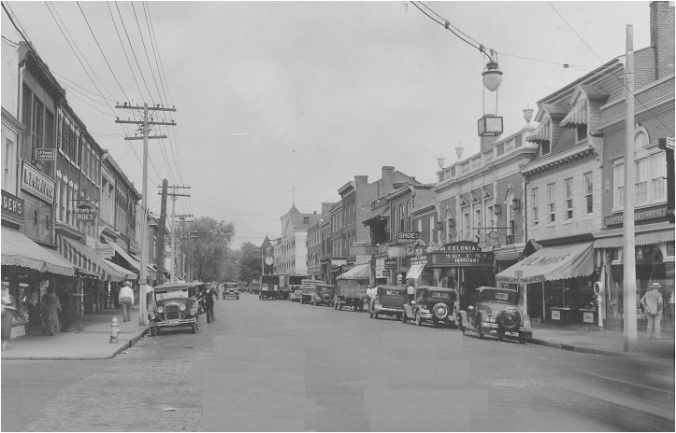From John Hennessy:
To assist in the regeneration of one continent and the amelioration of another, are the noble ends before us.
– Report of the Fredericksburg Auxiliary, American Colonization Society, 1834
We like our history in contrasting bundles–Democrats and Republicans, secessionists or unionists, white and black, pro-slavery and anti-slavery, and so on. But rarely are things so simple.
Fredericksburg was a slave town. In 1860, one-third of its population was enslaved. The domestic slave trade here was a significant industry–local newspapers routinely carried ads for the sale of slaves (we have written extensively about this here, here, here and elsewhere). Slave jails dotted the landscape, and slave coffles were a common sight in town. Town council passed laws in support of slavery and slaveowners. Slavery was a constant in the landscape, clearly part of Fredericksburg’s fabric.
But it does not follow that Fredericksburg was monolithic when it came to the issue of slavery. White residents did not always abide what we presume was conventional wisdom–the bland acceptance of slavery. They did not always conform to our traditional understanding of Fredericksburg as a “slave society.” Rather Fredericksburgers were acutely aware of the intellectual and moral dilemma slavery presented, and each was well aware of the choices available to them in pre-war Virginia. Most chose to embrace slavery. Others acted on their instincts to ameliorate or mitigate the impact of slavery, both on slaves and on Fredericksburg society. (I have, incidentally, found little evidence of Fredericksburgers standing up to actively oppose slavery. Abolitionists were a rare, perhaps extinct presence.)
The major vehicle for those whose moral compasses compelled them to take action to improve the condition of slaves (without ending slavery) in Fredericksburg was the American Colonization Society. Continue reading







